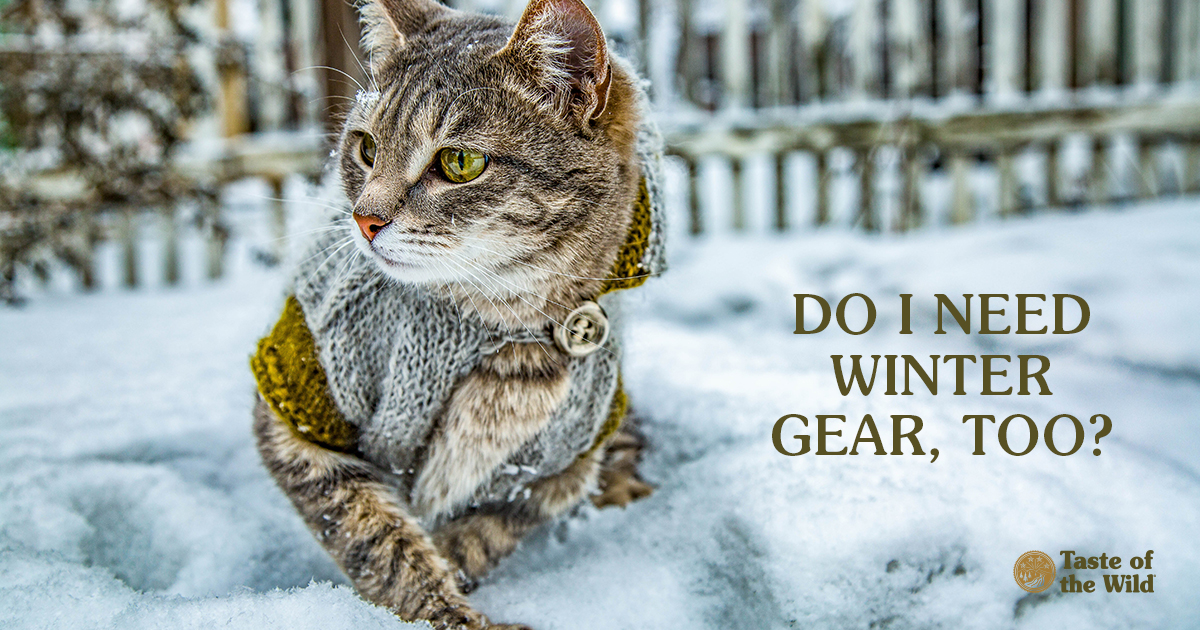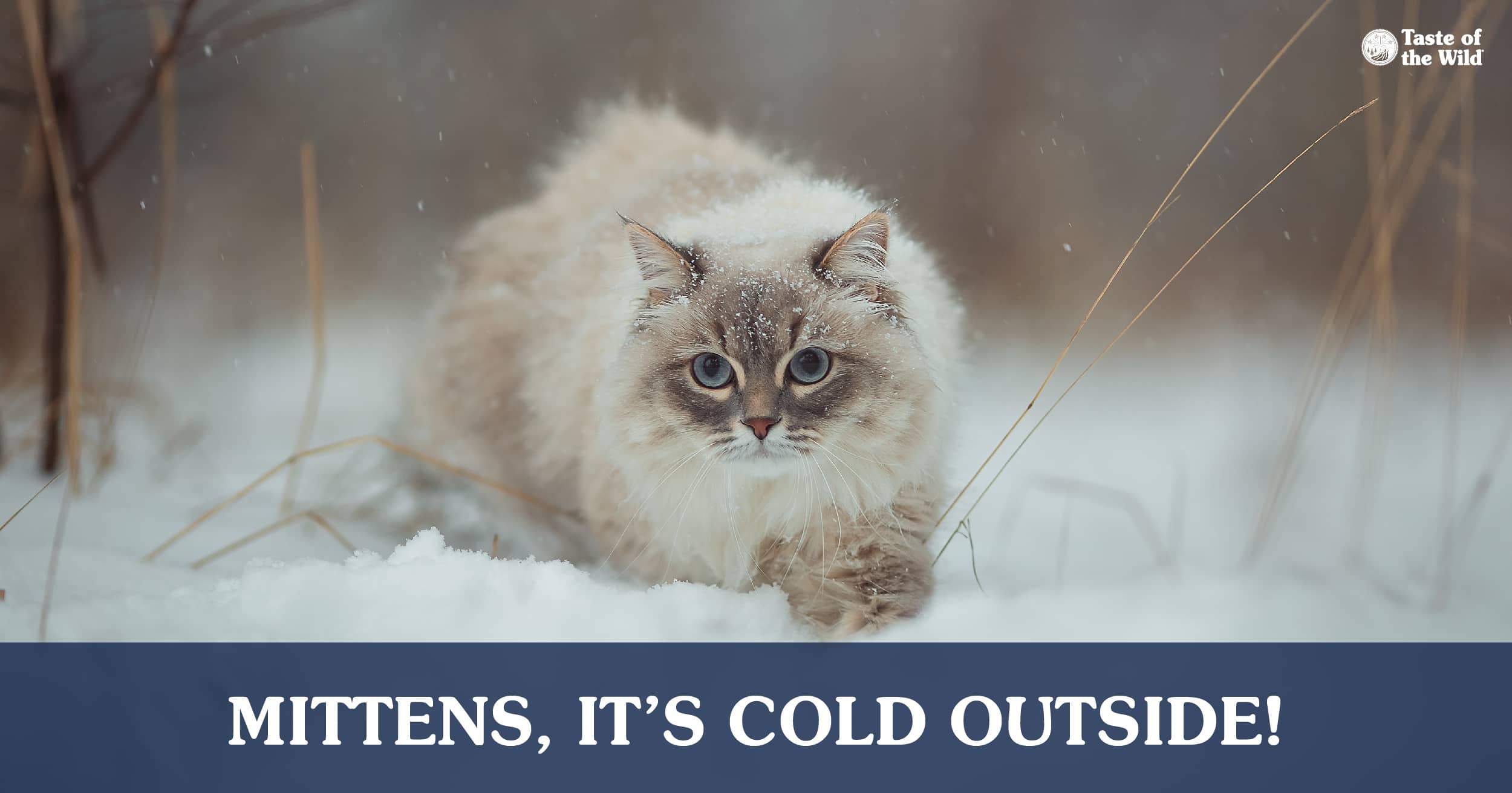Winter Cat Safety: Keeping Your Tabby Toasty
Thursday, January 3, 2019 | Grooming & Care

Pet cats have the right idea about winter. You’ll never find them shoveling or scraping ice off a windshield. They’re more likely to be inside, basking in a sliver of sunshine. Or curled under your down comforter. Which raises the question: What else can you do to make your kitty feel cozy during the cold winter months?
Invest in feline fashion — While a hairless cat breed such as the sphynx could use a wool sweater, other cats may appreciate some extra insulation, too. Especially if you keep the heat turned down low or it’s drafty near the windows. When you choose a sweater or coat, make sure it doesn’t restrict your cat’s movement and doesn’t include beading or strings that could be chewed off and swallowed.
Make a comfy bed — The cold and damp can bring out the aches in an arthritic cat’s joints. Since cats often hide signs of illness, you may not know that your cat is in pain. In fact, one study reviewed 100 random X-rays from cats aged 6 months to 20 years, and the researchers found evidence of arthritis in 91 percent of those cats. So why not provide a padded bed to help cushion those joints, just in case?
Add a little heat — Some cat beds are designed to be self-heating, meaning they absorb your cat’s body heat and reflect it back to the cat. Other heated beds may use heating elements that are warmed in the microwave or plugged in like an electric blanket. A word of caution: hot water bottles and other heated elements should never be placed next to a cat’s skin. To help avoid burns, there should always be at least a towel between the heat source and the cat. Also, electric beds can be dangerous if your cat urinates in the bed or chews on electrical cords.
Trim out those mats — Cats’ fur, especially if it’s long, can become matted if it’s not brushed regularly. While it may be tempting to leave the mat in place for warmth, the mat may actually have the opposite effect by not allowing air to circulate between the skin and coat. If your cat’s fur is severely matted, ask your groomer or veterinarian for help.
Heat your cat’s food — You enjoy a warm meal when it’s blustery outside. So why shouldn’t your cat? It’s easy to slightly warm canned food (make sure it’s not too hot). Or you can heat up low-sodium chicken broth and pour it over your cat’s dry food for a belly-warming treat.
Move the litter box — Do you keep the litter box in the cold basement? Then consider moving it to a warmer spot, away from drafts, just for the winter.
Help the neighborhood stray — If there’s a stray cat that frequents your yard, consider trapping it and bringing it to shelter to reduce the risk of hypothermia and frostbite. As an alternative, provide a “cat house” lined with straw that’s sheltered from the wind and snow. Make sure the house is raised off the cold ground. If the kitty takes to it, provide food and fresh water daily. That simple kindness will make you feel warmer, too.
The information in this blog has been developed with our veterinarian and is designed to help educate pet parents. If you have questions or concerns about your pet’s health or nutrition, please talk with your veterinarian.




